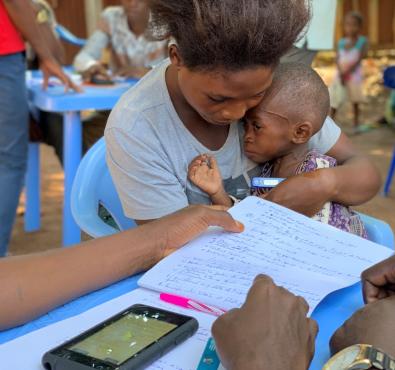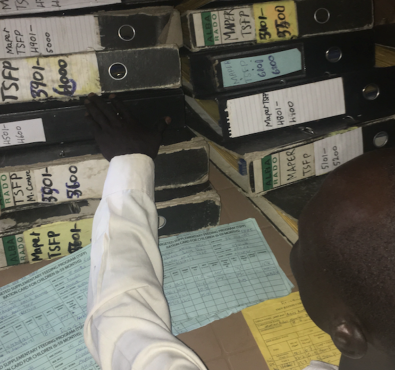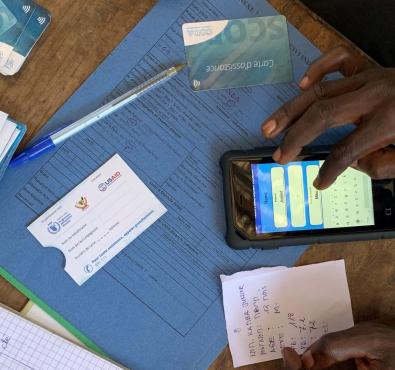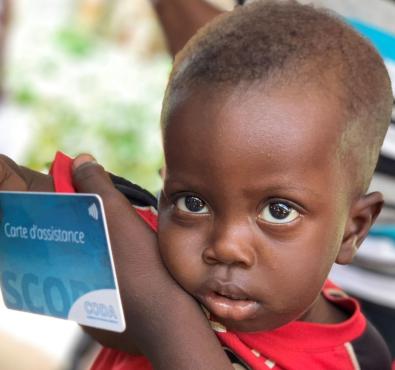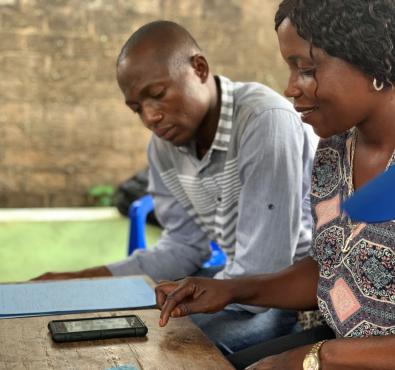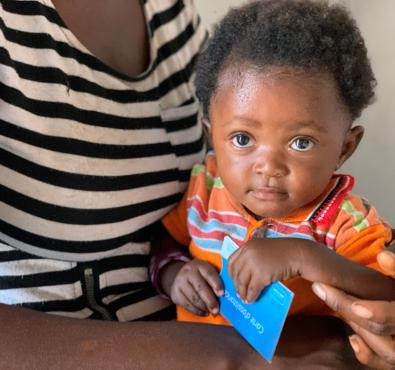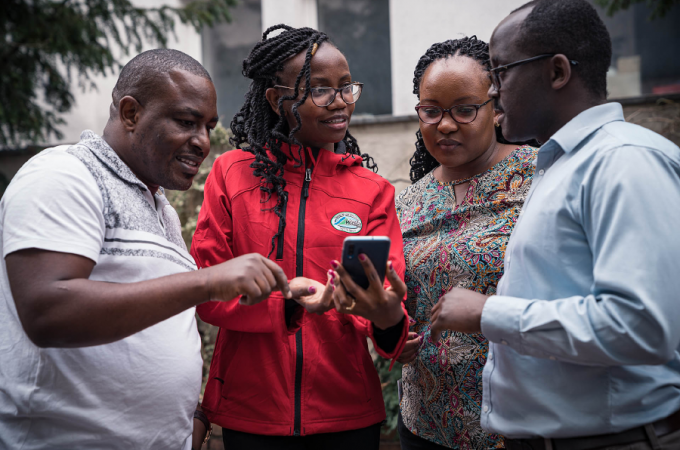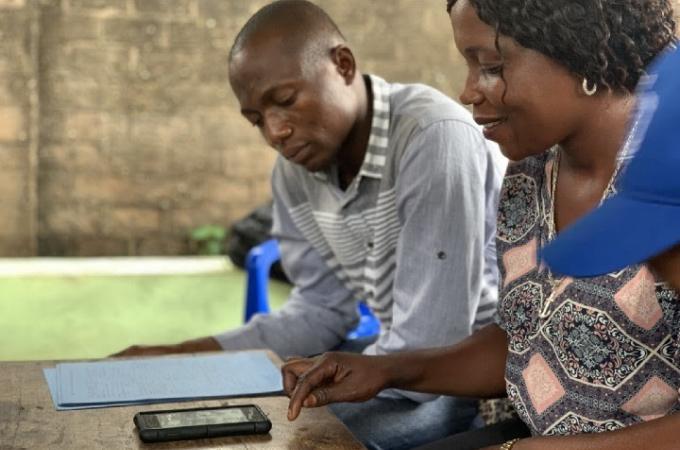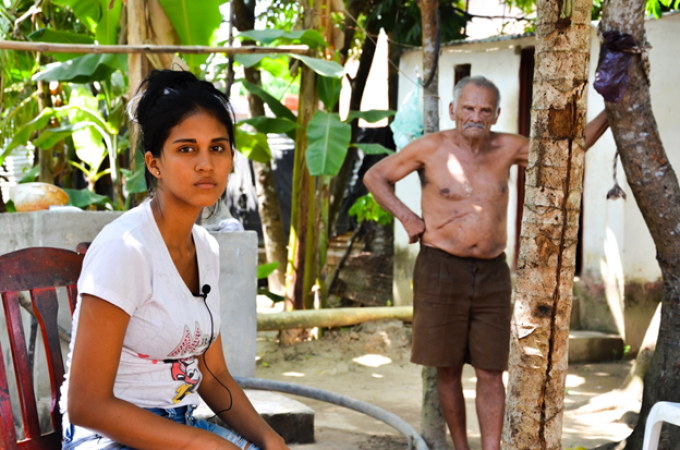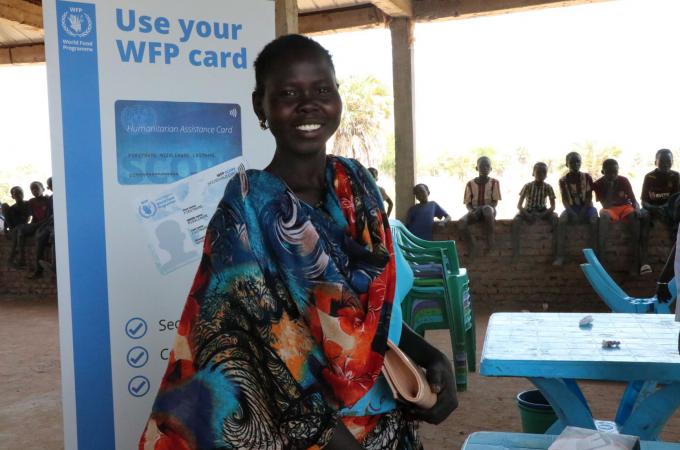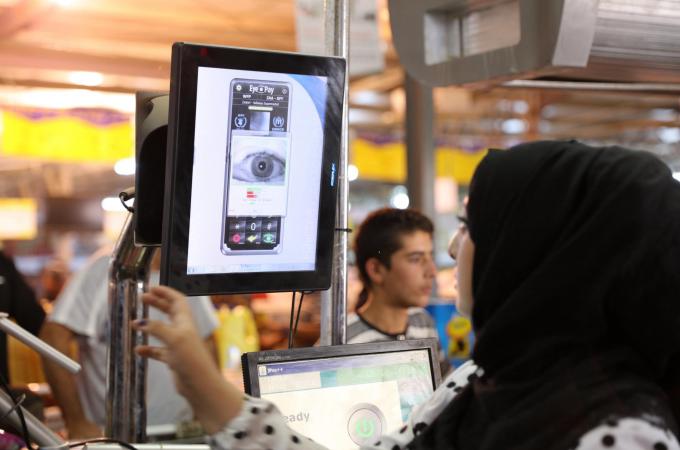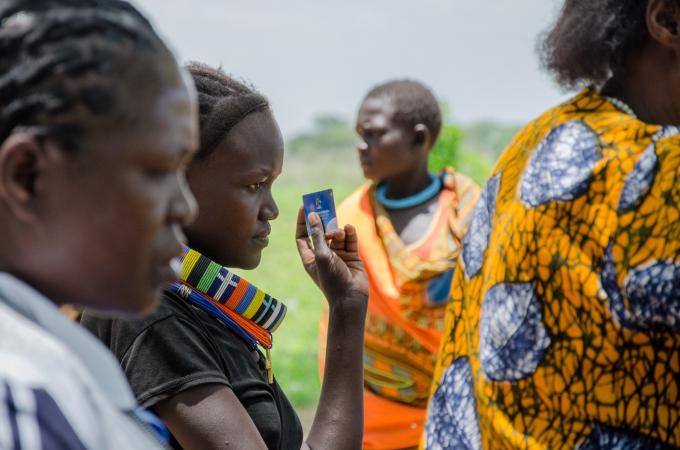In resource-constrained operations, many humanitarian workers continue to rely on paper-based recording systems for their data gathering and analytics processes. This manual method can be inefficient and ineffective and often leads to errors such as duplication of records and difficulties in both extracting and understanding the collected information. These practices increase the risk of inclusion and exclusion errors, making it difficult to accurately target the right populations. It also hinders health workers' ability to efficiently track and monitor individuals receiving support. Overall, it impacts decision-making, affecting the development of strategies, policies, and accurate program cost estimation.





